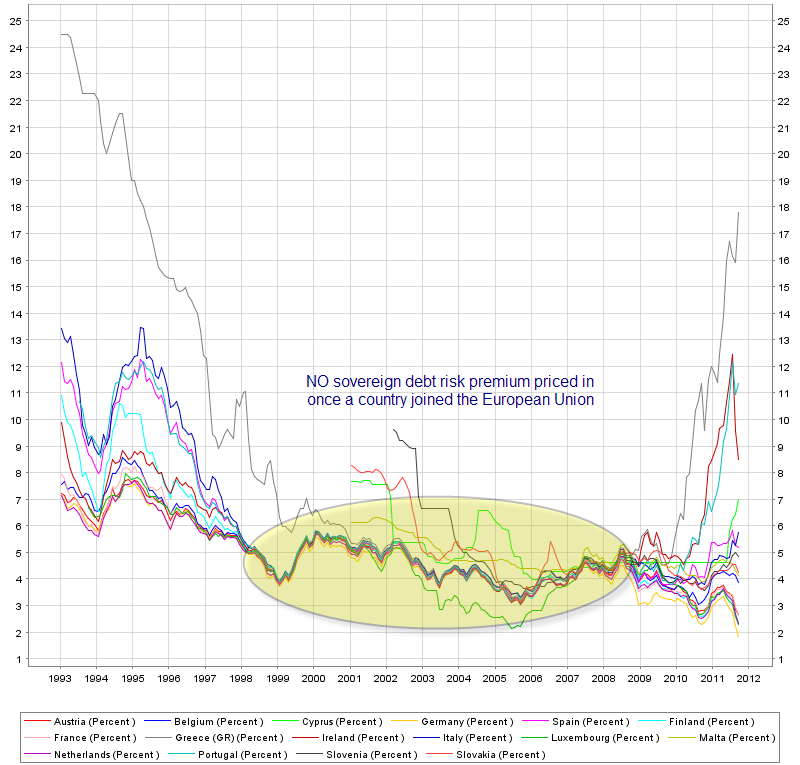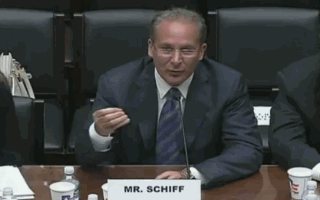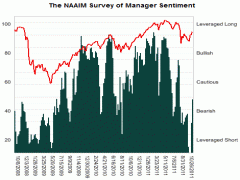
(Interloper) “Outside of the entertainment factor, the primary differences between the two archetypes is that the first has risen to their position by attracting new money while the latter holds their position by effectively managing money. Type One*, with a travel schedule encompassing 150 days annually is dependent of their model for performance because they have much less time for specific analysis – hence the preponderance of more black box, momentum strategies. They are also much more dependent on their analysts and traders back at the office who must make the majority of the day-to-day decisions. Type Two* on the other hand, only really cares about the analysis. They are pissed when the marketing department drags them put of their cave before they’ve finished investigating a fishy footnote in the last quarterly statement. (Don’t think I’m exaggerating with that, btw. I personally know PMs that will spend weeks on a single footnote).”
“Here’s the important part: the industry loves them some Type One PMs. Momentum managers trade a lot more than value managers and this keeps the trading desk commission train rolling. The accommodating Type One manager is, unbelievably, available for evening functions where Financial Advisors can bring their top clients who, inevitably will be running around with blank checks by slide eight. Everybody makes money.”
“If you’ve read this far you have probably guessed where my preference lies. For my own money, I would much rather have the plodding, boring manager who obsesses about every aspect of a potential or existing holding, rarely straying from a concentrated portfolio of companies they are completely comfortable with. Like Buffett, they do not feel compelled to make changes (and thus rarely get referrals from capital markets) and will literally wait years for a stock to drop to valuation levels they find attractive. Type Twos will also avoid hot sectors and thereby escape the attention of the individual investor until the market craps out, and they don’t feel like putting more money into the market anyway. I pay Type Twos, in other words, to exhibit the discipline that I don’t have.”
” .. it remains important to understand the industry’s bias in this regard and that ‘best manager’ may mean something much different to the average investor than on the trading floor.”
* “Type One: Physically attractive, Ivy League (Harvard or Wharton, almost always), momentum-based investment strategy. .. They will be compelling, energetic, will pause and answer your question in a non-patronizing way. They will linger after the presentation until everyone has left, happily chatting about markets or whatever else the fellow-lingerers want to talk about. .. They are, in short, marketing machines.
Type Two will be older, having spent far more time as a senior analyst due to a dearth of personal charisma. They will likely not be Ivy League. Type Two will execute a more fundamentally-based investment process. Their longer performance track record has a better chance of being stronger, beating the index by a few percentage points per year by holding value during bad years. Type Two’s presentation will be so dull that you’ll want to gouge out your eyes after half an hour.”
Full Story: PORTFOLIO MANAGER SEARCH PRO TIP: FIND THE WORST PUBLIC SPEAKER POSSIBLE (Interloper)
And finally, this short passage from Michael Lewis’ book “The Big Short” seems to perfectly capture the essence of these points:
“In Dr. Mike Burry’s first year in business, he grappled briefly with the social dimension of running money. ‘Generally you don’t raise any money unless you have a good meeting with people,’ he said, ‘and generally I don’t want to be around people. And people who are with me generally figure that out.’ He went to a conference thrown by Bank of America to introduce new fund managers to wealthy investors, and those who attended figured that out. He gave a talk in which he argued that the way they measured risk was completely idiotic. They measured risk by volatility: how much a stock or bond happened to have jumped around in the past few years. Real risk was not volatility; real risk was stupid investment decisions. ‘By and large,’ he later put it, ‘the wealthiest of the wealthy and their representatives have accepted that most managers are average, and the better ones are able to achieve average returns while exhibiting below-average volatility. By this logic a dollar selling for fifty cents one day, sixty cents the next day, and forty cents the next somehow becomes worth less than a dollar selling for fifty cents all three days. I would argue that the ability to buy at forty cents presents opportunity, not risk, and that the dollar is still worth a dollar.’ He was greeted by silence and ate lunch alone. He sat at one of the big round tables just watching the people at the other tables happily jabber away. ”
How I wish I had been there that day to sit with him.



 RSS feed for comments on this post.
RSS feed for comments on this post.













